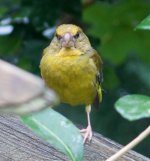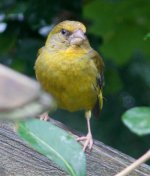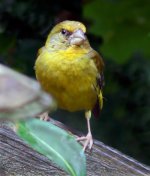Tls800
Hi All,
I take tens of thousands of photos with the TLS800 every year with a variety of cameras including the Canon 5Dii, 7D, 550D, 1000D and Nikon D300s and D3.
I am by no means a good photographer, but I really enjoy it and get some nice results. Here are a pile of examples on my blog:
http://alpinebirds.blogspot.com/search/label/TLS800
Imange quality:
The TLS800 was designed to optimally fit with the telescope so the results are excellent. We had an external laboratory test the TLS800 on an STM80HD against various telephoto lenses with and without converters (all on a Canon 5Dii). The results astounded us in that the TLS800 was certainly the equal to the telephotos, being markedly better than the zoom telephoto with converter and only really pipped by the huge prime lens. Unfortunately, I cannot distribute the results, but I am confident that tests by independent camera experts would deliver much the same results.
At the very least, because the TLS800 is designed as a complete optical system with the Swaro scopes, the image quality is markedly better than system that have not been specifically designed to work together (i.e. regular digiscoping).
Camera setup:
I firmly believe that Aperture Priority is by far the best way to use the TLS800. The cameras I mentioned above all do a decent job of producing an appropriate shutter speed. If you move in to live view on the canons, you can select where the camera is metering from to make sure that the subject is metered. If you would like to tweek the exposure then (in canon live view) half depress the shutter release so the camera shows the shutter speed and then rotate one of the wheels to adjust the exposure up or down (on the 5Dii it is the large wheel on the back).
As RS_RS so rightly pointed out, live view in the canons can make a huge difference to photographing at low shutter speeds (<1/800s!). By eliminating mirror flap, you eliminate a major source of vibration.
I only really use Manual when I have a complex lighting situation where the background is unevenly illuminated and my subject is moving around within this space. Then I can set the exposure to the bird and not (really) worry about what is happening in the background (i.e. taking the risk to over or underexpose elements of the background or negative space).
Physical setup:
The more stable your setup, the more you are able to limit vibration in the system. Taking sharp photos at a focal length of 800mm (or 1280mm on APS-C) is no easy task, regardless of what lens you are using. While a good tripod is necessary, I would hazard to say that the most important factor is that the system is balanced. Without some sort of telescope rail (supported at the foot and under the prism) or at the very least a balance beam, you are always fighting to keep the system in place. This introduces enough vibration to completely destroy lots of photos.
Depth of field:
Depth of field in an optical system is controlled by three main variables: aperture, distance from subject, and focal length. Essentially, a 400mm lens at f10 would produce a depth of field of 26cm at 20m. An 800mm lens at f10 would have a 6cm DOF at 20m (800mm f4 = 1cm at 20m), and there would only be a 2.4cm DOF at 20m when at 1280mm f10 (TLS800 or Telephoto 800mm on APS-C). The higher the focal length, the shallower the depth of field and the harder it is to get perfect focus. This is regardless of what type of lens you are using.
The best lens in the world:
The best objective lens in the world is the famous GTBF lens. Go there by foot. If you have the option, get closer. If you are able to get closer and have a 200mm lens, then use it. It will give you the option of a deeper depth of field (easier to focus/autofocus), needs less light, will give a higher shutter speed, you can use a lower ISO, and is probably lighter and more portable. If you cannot get close enough then everything else is a compromise.
At the moment, I am snowed under with work, but would be happy to answer your questions in a few days.
Kind regards and happy birding,
Dale
btw, last night I loaded a
short video of a Gurneys Pitta I filmed last week in Thailand using a TLS800 and Canon 5D mark II










